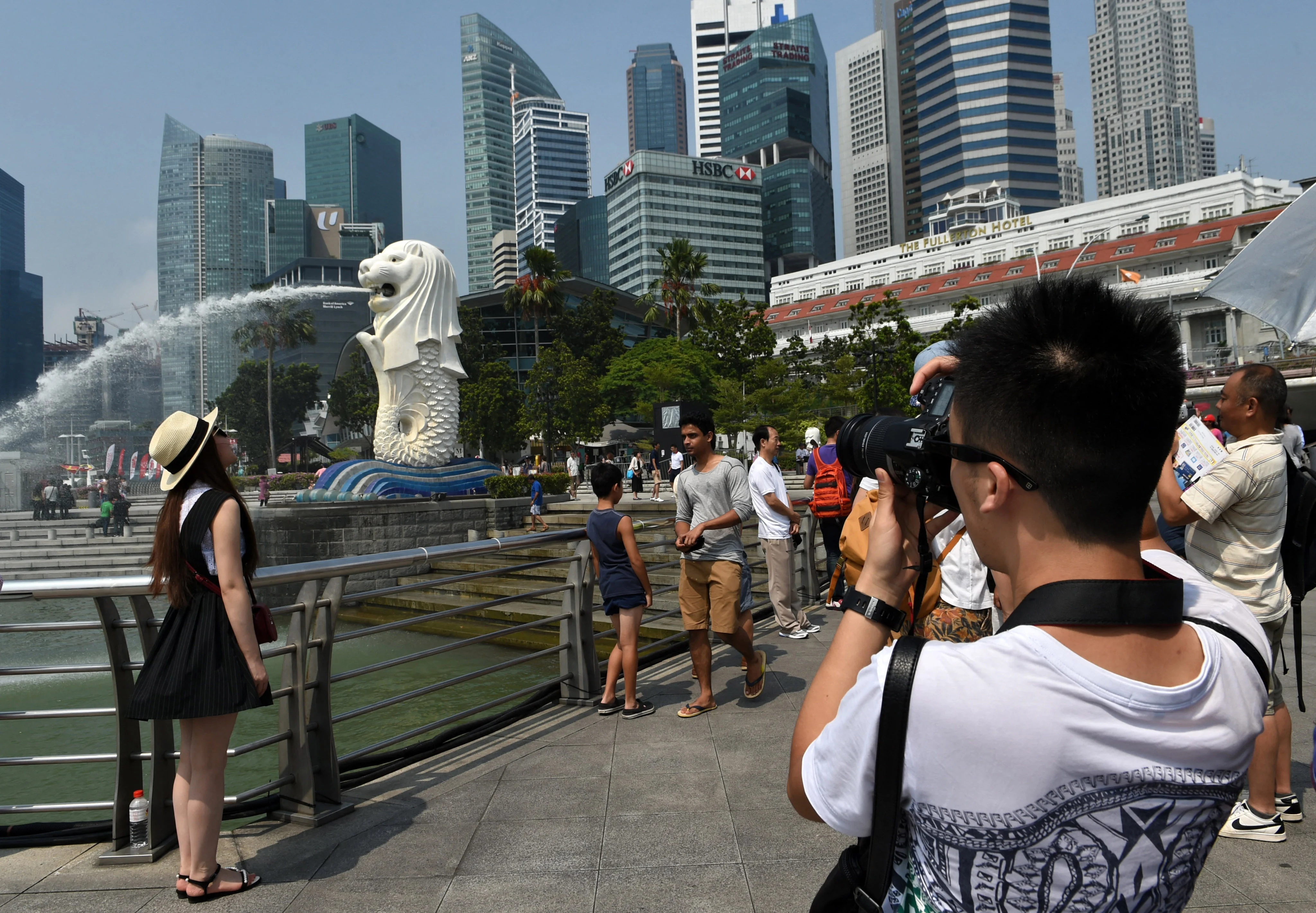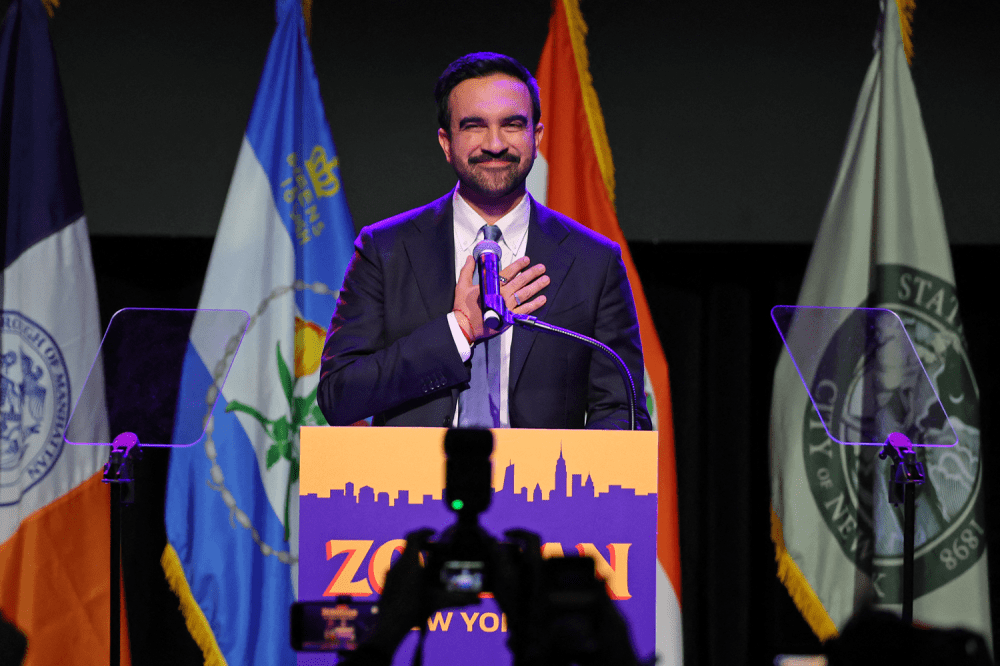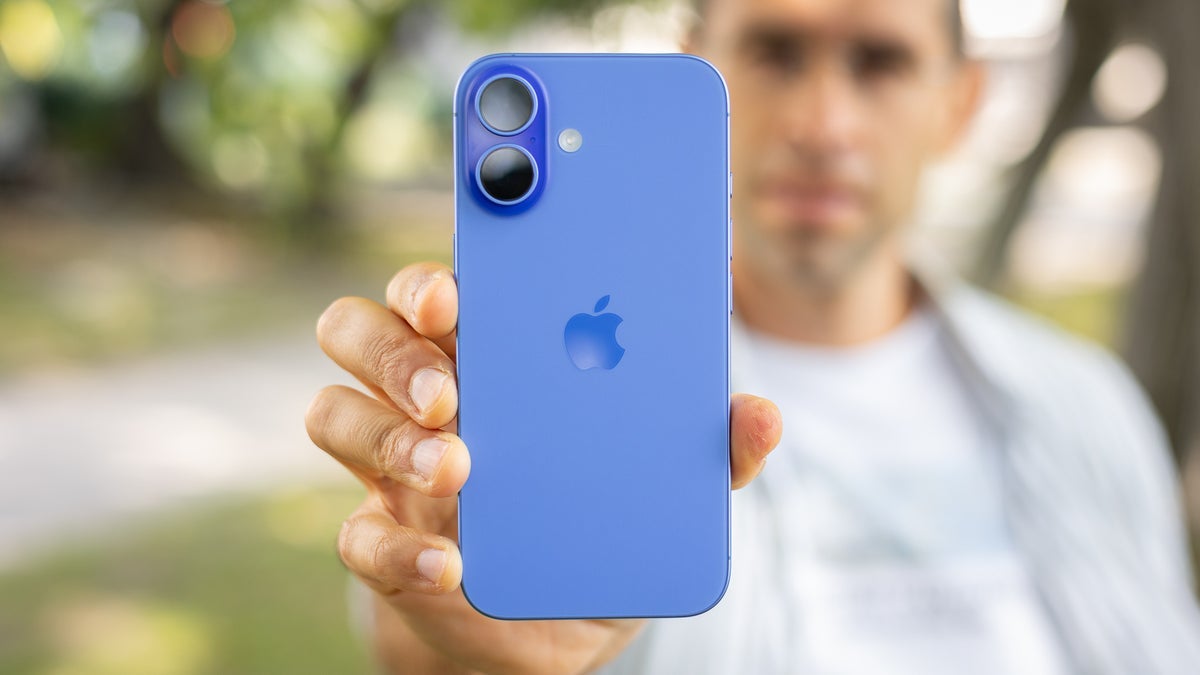Copyright scmp

Melody Liu had been in Singapore for just three days when she blew past her 5,000 yuan (HK$5,450) travel budget – and reached for her long-sleeved hooded shirt with attached visor to brave another day in the sweltering heat. “I was so shocked when a 10-minute taxi ride cost more than 100 yuan, because it would cost less than 20 yuan back home,” said the 32-year-old from Harbin in China’s northeast. “I knew that Singapore has a high cost of living, but it’s a different matter to experience it.” Liu is among the millions of Chinese tourists who have poured into Singapore since the launch of a mutual visa-waiver arrangement in February opened the floodgates to a new generation of travellers in their twenties and thirties seeking short, independent getaways. I knew that Singapore has a high cost of living, but it’s a different matter to experience it Melody Liu, 32, Chinese tourist More than 3 million mainland Chinese visited Singapore in 2024 – a 126 per cent year-on-year increase – accounting for nearly one in five of all arrivals to the city state. Another 2.5 million made the trip in the first nine months of this year alone. Observers say the surge has been fuelled by the visa-waiver agreement, pent-up post-pandemic demand and the rise of da ka tourism – a travel trend among young Chinese who seek photogenic, social media-ready experiences. Singapore’s strong presence on Chinese platforms such as RedNote, where slick itineraries and viral travel content abound, has helped cement its reputation as a clean, modern and aspirational destination. But the city state’s steep prices have become a lightning rod for debate among the younger, budget-conscious, first-time visitors now flocking there. Industry insiders attribute this partly to the Singapore dollar’s appreciation against the yuan and the shift in tourist demographics, among other factors. Sticker shock Sisters Alice and Vivian Zhou, both 23 and visiting Singapore from Guangzhou, said they were caught off guard when their restaurant bill included a 9 per cent goods and services tax and a 10 per cent service charge – neither of which had been listed on the menu. In China, value-added tax is typically included in the prices customers see, including in menus, and most restaurants do not impose a separate service charge. “Eating at a hawker centre can be cheap, but when we first ate in a shopping mall we were shocked by the final bill,” said Alice, a recent graduate. Their accommodation – a modest three-star hotel costing more than 1,200 yuan a night – was “shockingly expensive”, she added. On RedNote and microblogging site Weibo, users share stories of prices they found exorbitant: 15 yuan for a bottle of water at a convenience store, 50 yuan for a sandwich, more than 3,000 yuan for a meal for two at a seafood restaurant by the Singapore River. “Singapore was so expensive that I lost 3kg in three days. I only had one meal a day, and it was the free hotel breakfast, and I drank water only when I returned to the hotel,” read one post. Tour operators who spoke to This Week in Asia said that the rising numbers of young, independent Chinese travellers with less disposable income to spend than older cohorts was fuelling such sentiments. “Now with the visa-free agreement, many in their twenties and thirties are travelling independently and in small groups, instead of before the pandemic when older adults and retirees came in busloads for organising shopping tours,” said Robin Loh, founder of Let’s Go Tour Singapore. Loh said that neighbouring countries with lower costs likely fed the perception that Singapore was expensive. “Everyone wants to target the Chinese tourist market because it’s huge, and Thailand, Malaysia and Indonesia would definitely be cheaper and seem more value for money,” he said. China’s economy had been slowing since mid-2023 amid prolonged deflation and intense domestic price competition, said Jester Koh, an associate economist at United Overseas Bank. He said this meant that goods and services in China, where prices had stagnated or fallen, were now even cheaper compared with Singapore, which had experienced moderate inflation. Chinese visitors rave about food hygiene, safety standards and the ability to travel without overwhelming crowds Law Yock Son, tour agent “Furthermore, the Singapore dollar has appreciated by approximately 6 to 7 per cent against the yuan since the beginning of 2023, further amplifying the cost difference for Chinese visitors,” he added. Tourist spending patterns reflect these changes. According to the Singapore Tourism Board, per capita tourism receipts from Chinese visitors fell from S$2,270 (US$1,720) in 2023 to S$1,490 in 2024, though in the first half of this year, average spend per visitor rose slightly to S$1,520. To keep within their 3,000 yuan budget over five days, the Zhou sisters skipped shopping, dined at hawker centres and relied on public transport to get around. “We’re mainly here for sightseeing and experiences, and if we take the MRT, costs are still manageable,” Alice said. Still, many Chinese travellers were willing to pay Singapore’s higher prices for peace of mind, said Law Yock Song, co-founder of local tour provider Ludus Lab, noting that high-profile incidents elsewhere, such as the kidnapping of Chinese actor Wang Xing in Myanmar after transiting through Thailand, had made safety a selling point. “Chinese visitors rave about food hygiene, safety standards and the ability to travel without overwhelming crowds, especially when compared to their own country,” Law said. Red carpet treatment For some, the main draw is the city’s photogenic appeal. On a bridge over the Singapore River, software engineer Jade Chiang filmed herself for a da ka post – a Chinese trend in which travellers “punch the card” by sharing images from must-see spots to prove they have visited. “My No 1 priority on this trip is to take photographs and da ka,” said the 33-year-old from Zhengzhou, whose itinerary was based entirely on recommendations from RedNote. “Singapore is indeed expensive but that is to be expected since it is a developed country, and since there are so many beautiful sights, I’ll overlook it.” Loh, the tour operator, said aesthetics were driving this new wave of tourism: “They’re looking for pictures that are aesthetically pleasing, that they can show off to their friends or on social media that they’ve been to a certain place,” he said. “There’s a very strong value proposition in aesthetics.” Social media platforms have become a travel bible for Chinese tourists: 52 per cent of respondents to a survey by Dragon Trail International last year said they had used RedNote to plan trips, while 43 per cent turned to Douyin. The Singapore Tourism Board has jumped on the trend, partnering with celebrities like singer Jam Hsiao and actor Sun Yue to front short-form social media videos showcasing local attractions. Chinese visitors are also increasingly seeking immersive experiences and in-depth experiences, said Andrew Phua, the tourism board’s chief representative and executive director for Greater China. Rachel Chen, founder of Culture Curious Tours, said more travellers in their thirties and forties were taking an interest in Singapore’s social and economic development, rather than luxury shopping. To cater to this trend, her agency now offers tours focused on urban planning and public housing, with visits to a residential estate with high-rise buildings and a gallery chronicling Singapore’s transformation. Retailers are also adapting, aiming to attract Chinese patrons with the promise of visually appealing photo opportunities. Golf driving range clubFace, which has enlisted the help of social media influencers for marketing, is among them. “Chinese visitors tend to be interested in trying activities that are social and photo-friendly, and are receptive to short-form content and word of mouth recommendations,” said Yeo Yi Juan, marketing communications executive at clubFace, adding that the business saw a steady stream of Chinese customers after its RedNote page went viral.



